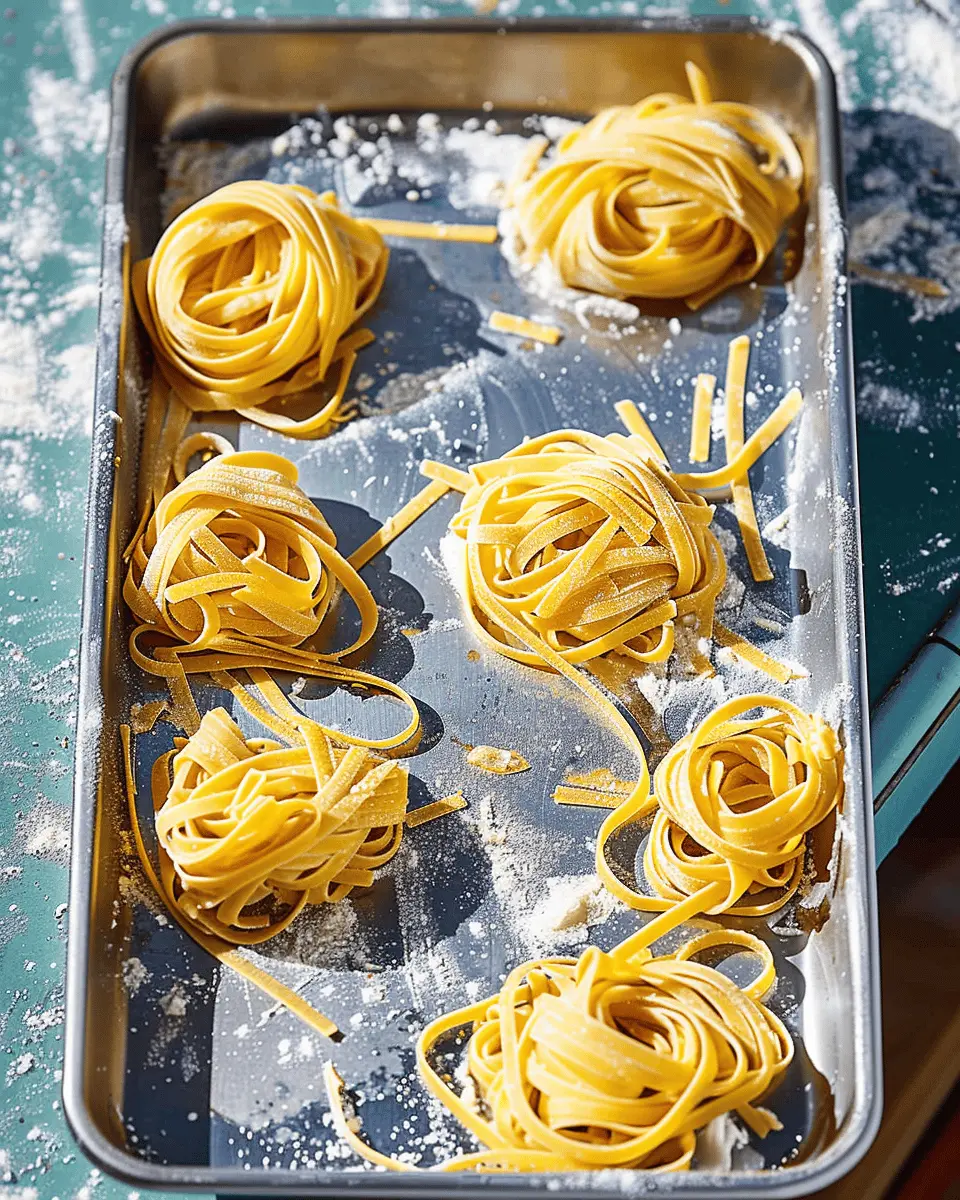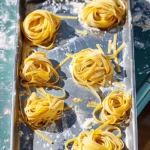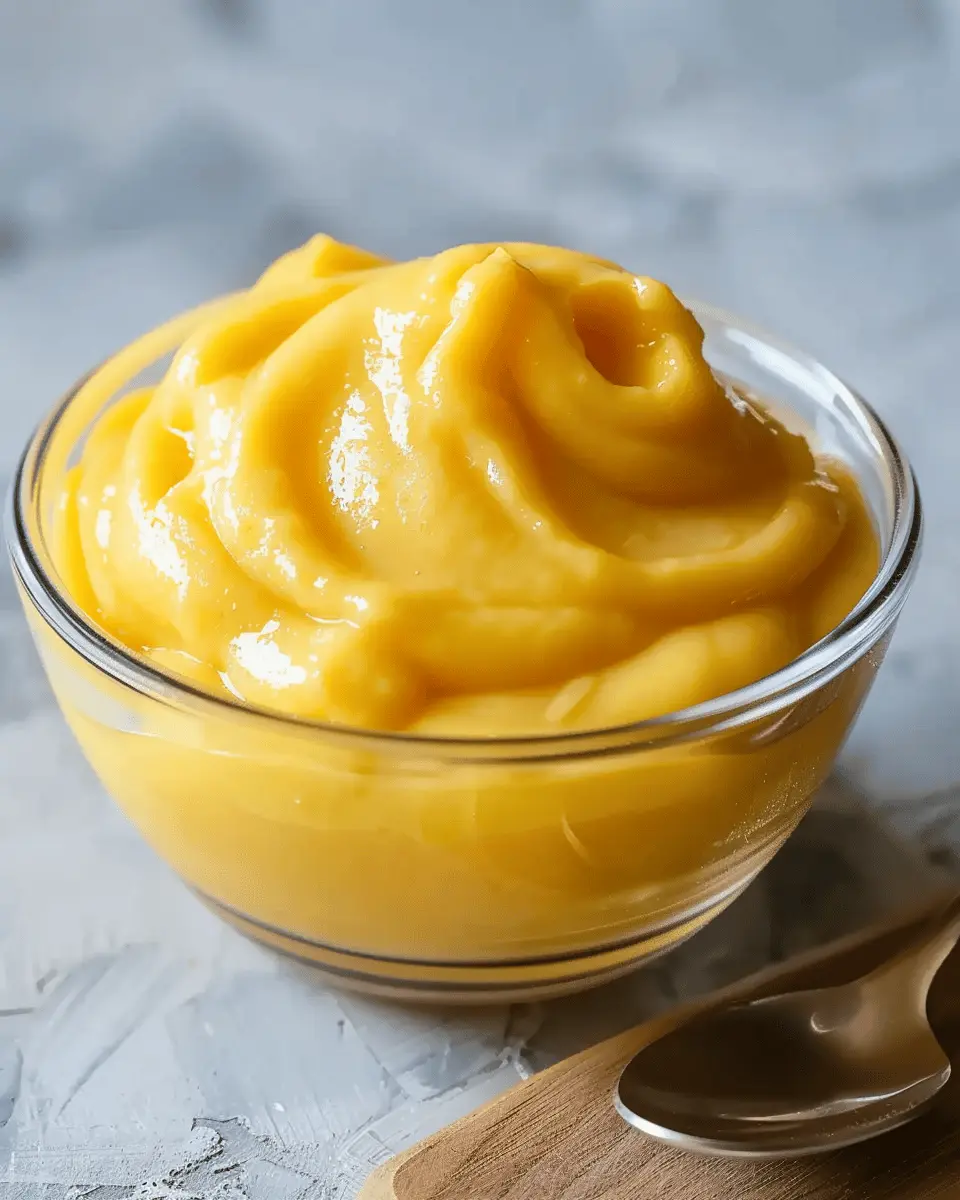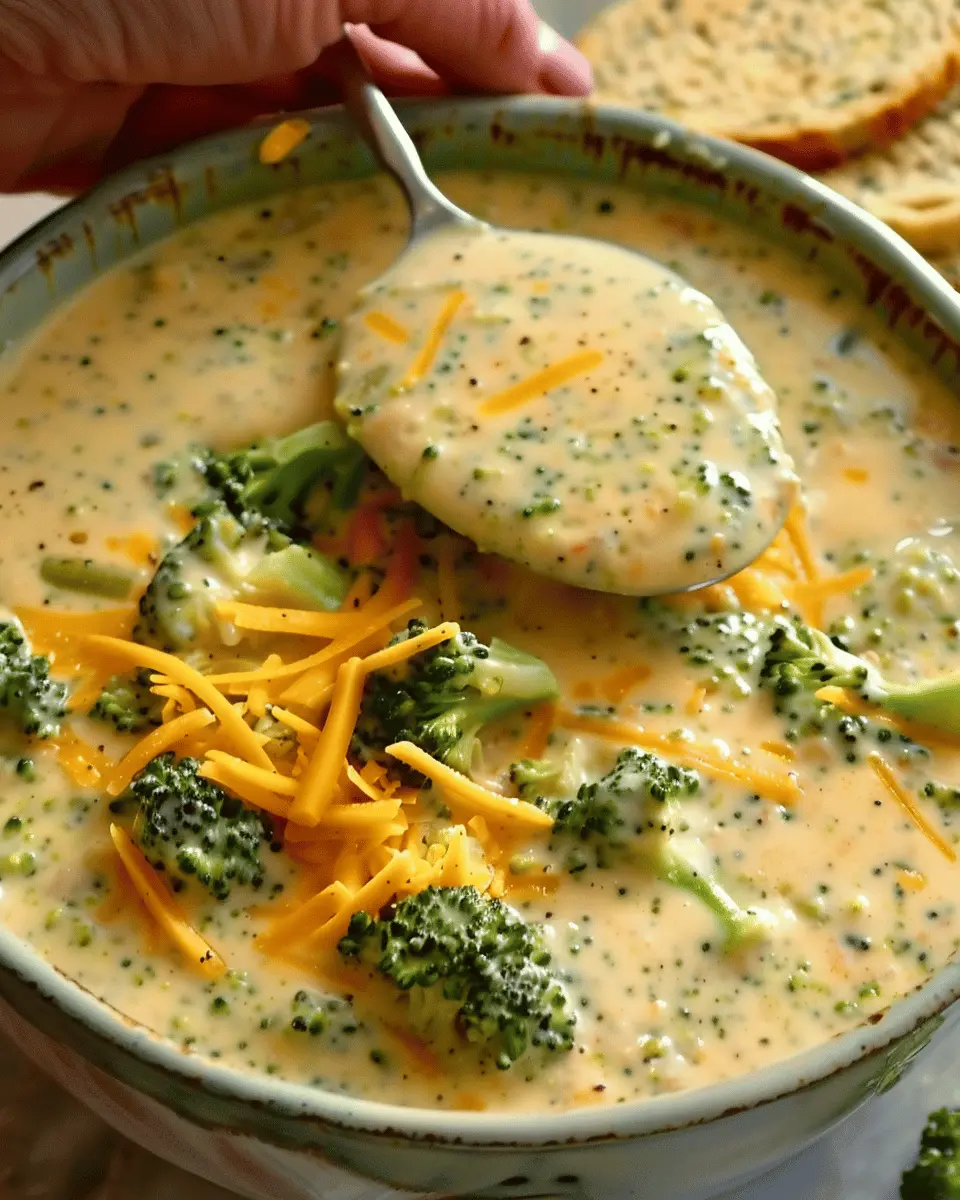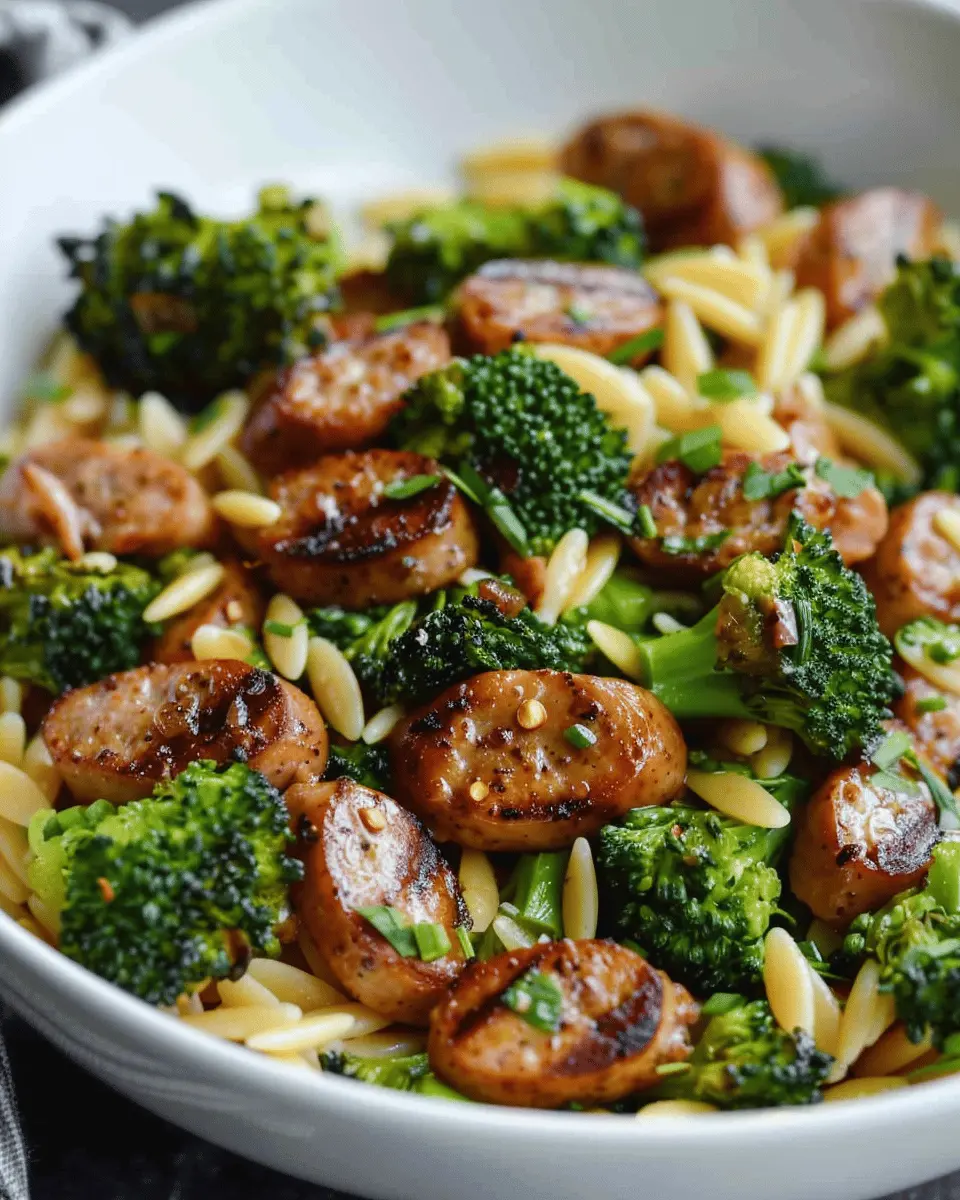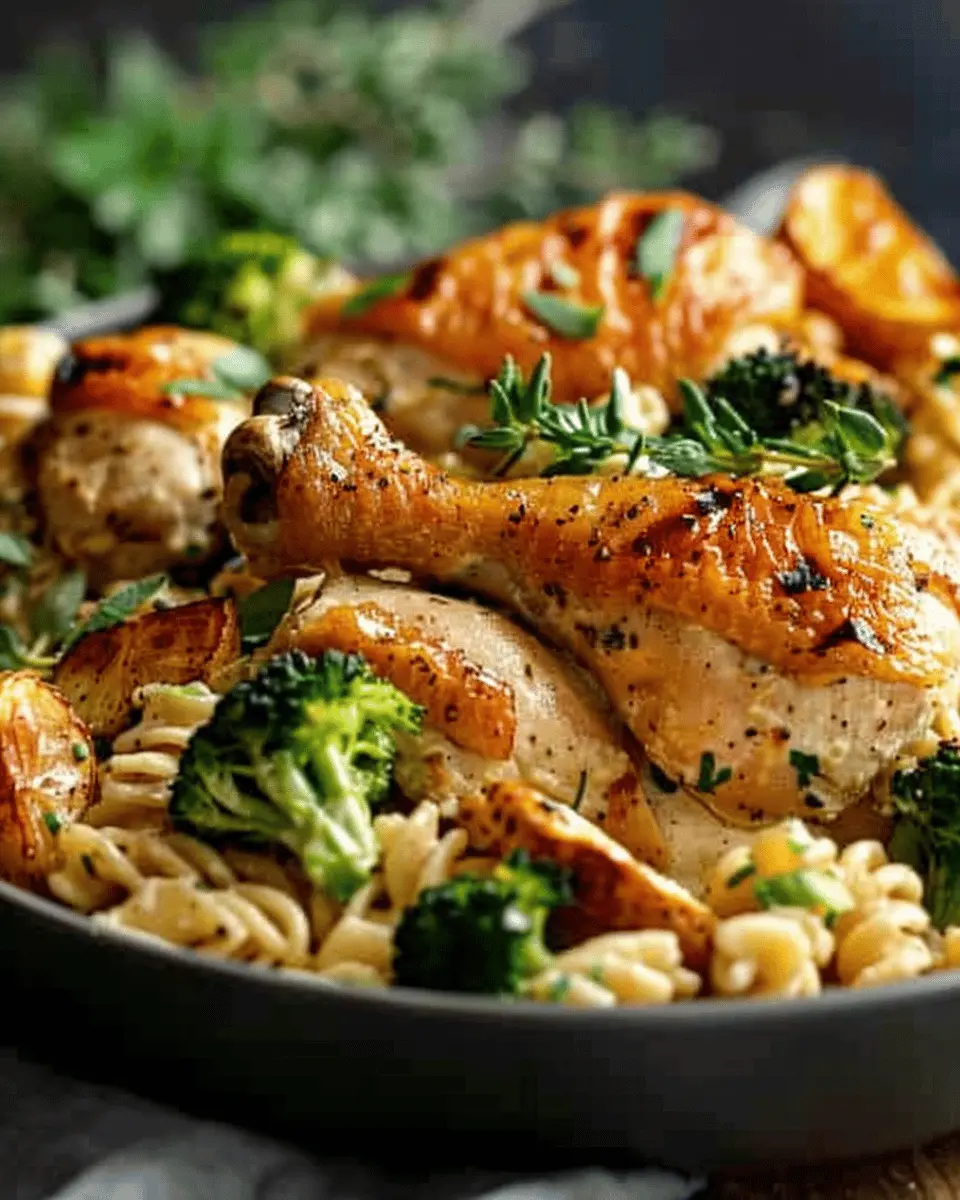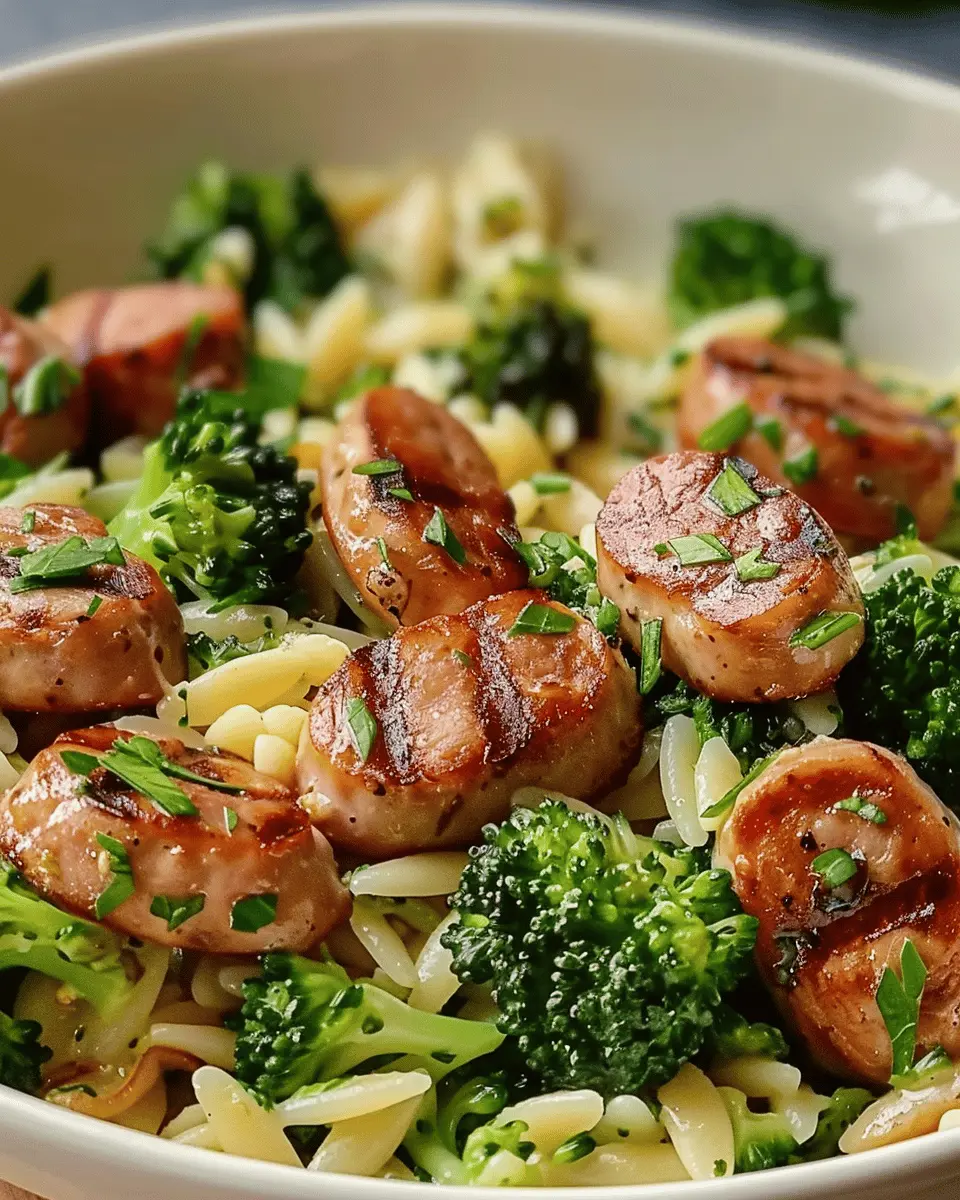Introduction to Homemade Pasta
The Joy of Making Pasta from Scratch
There’s something magical about creating your own food, and when it comes to homemade pasta, this joy is amplified tenfold. Imagine the satisfaction of rolling out fresh dough in your kitchen, the aroma filling the air, and the anticipation of a delicious meal that’s entirely your creation. Making pasta from scratch isn’t just a cooking task—it’s an experience that connects you to the centuries of culinary tradition from Italy and beyond.
Many young professionals today seek to cut down on processed foods and engage more with their meals. According to a report by the Washington Post, cooking at home allows individuals to be more mindful of what they eat, providing not just better nutrition but also enhanced joy. By making homemade pasta, you not only control the ingredients but also delve into a craft that’s as satisfying as it is rewarding.
So why should you try making pasta at home? Here are a few solid reasons:
- Quality Control: You choose the flour, eggs, and any added flavors, ensuring your pasta is wholesome and tailored to your taste.
- Skill Development: Mastering the art of pasta making is a culinary skill that pays off. Impress your friends with your newfound ability!
- Economic Benefits: Pasta is relatively inexpensive to make compared to buying premium brands, especially if you frequently cook Italian dishes.
If you’re new to the world of homemade pasta, don’t worry! This recipe article will guide you through each step—whether it’s choosing the right ingredients or mastering the rolling technique. You’ll soon find that creating delicious, authentic pasta is within your reach.
For those curious about the broader culinary world, resources like America’s Test Kitchen offer valuable insights into not only pasta but various cooking techniques that can elevate your kitchen game. With a little practice, your efforts will not only yield delectable dishes but also build your confidence in culinary creativity.
Ready to dive into the world of homemade pasta? Let’s get started!
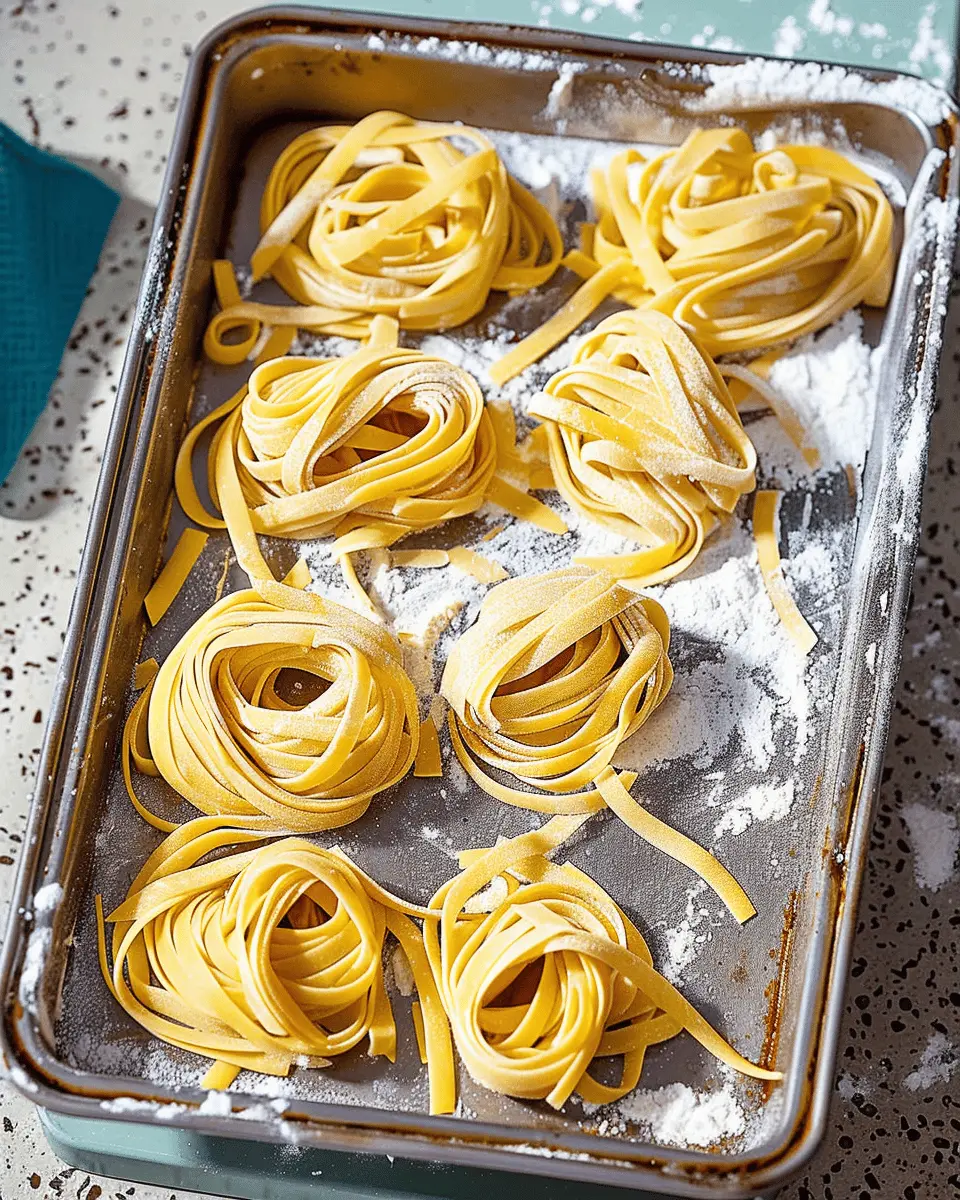
Essential Ingredients for Homemade Pasta
When it comes to crafting homemade pasta, the quality and type of ingredients can make all the difference. Here’s your guide to the essentials.
Flour: Type and Quality
The heart of your dough is the flour. While all-purpose flour works in a pinch, consider using 00 flour, a finely milled option typically used in Italy. This type captures moisture better, giving your pasta a delightful chew. Higher protein content means a firmer dough, leading to the perfect pasta. If you’re curious about flour varieties, check out King Arthur Baking for more insights.
Eggs or Water? The Great Debate
Now comes the age-old question: use eggs or water? If you’re looking for rich flavor and a beautiful golden hue, then egg is the way to go. Alternatively, use water for a lighter, vegan option. Whichever you choose, remember that freshness is key—especially for eggs.
Salt: The Secret Ingredient
A pinch of salt is essential to enhance flavor, but it’s often overlooked. Not only does it season the dough, but it also strengthens the gluten structure, resulting in pasta that’s both flavorful and elastic. When mixing your ingredients, ensure to integrate salt evenly throughout the dough. Trust us, it’s a game-changer!
Step-by-Step Preparation of Homemade Pasta
Making homemade pasta might sound daunting, but it’s actually a delightful, hands-on cooking experience that can transform your mealtime. Follow these steps, and you’ll be on your way to impressing friends or enjoying a cozy dinner with yourself!
Gather Your Ingredients
To kick off this culinary adventure, you’ll need a few basic ingredients. Here’s what you should have ready:
- Flour: All-purpose flour is a great choice, but you can also experiment with semolina or “00” flour for a different texture.
- Eggs: Large, fresh eggs will give your pasta that wonderful richness.
- Salt: Just a pinch for flavor.
- Olive Oil (optional): A teaspoon can add elasticity and flavor, although it’s not always necessary.
For a simple recipe, you typically need about 2 cups of flour and 3 large eggs. It’s always a good idea to use high-quality ingredients, as they can significantly enhance the outcome.
Create the Dough
Once you have your ingredients, it’s time to bring them together.
- Make a well: On a clean countertop or in a large bowl, pile the flour and create a well in the center, like a little flour volcano.
- Add the eggs: Crack your eggs directly into the well, adding the salt and olive oil if you’re using it.
- Mix: With your fingers, start to whisk the eggs gradually, incorporating the flour from the edges of the well. Keep mixing until it becomes too sticky to use your hands.
Curious about different types of pasta dough? Check out this article on pasta-making styles for more inspiration!
Knead Like a Pro
Kneading is crucial for developing gluten, which gives the pasta its lovely bite.
- Work the dough: Transfer your mixture to a lightly floured surface and knead for about 8-10 minutes. Add a bit more flour if it becomes too sticky.
- Check the texture: The dough should be smooth and elastic. If it breaks, keep kneading!
You might be tempted to skip this step, but trust me—it’s worth the effort!
Let the Dough Rest
Once you’ve kneaded your dough to perfection, wrap it in plastic wrap or cover it with a damp cloth and let it rest for at least 30 minutes. This process relaxes the gluten, making it easier to roll out.
Roll and Cut Your Pasta
Now comes the fun part—turning your dough into actual pasta!
- Divide the dough: Cut your dough into manageable pieces, working with one piece at a time while keeping the others covered.
- Roll it out: Use a rolling pin or a pasta machine to roll the dough out to your desired thickness. Think about how you want to shape your pasta: fettuccine, lasagna sheets, or even ravioli.
- Cut to shape: Use a sharp knife or a pasta cutter to slice your dough into the desired shapes.
Feel free to sprinkle a little flour on your pasta to prevent it from sticking together.
Cook the Pasta
Cooking your freshly made homemade pasta is a fantastic way to seal the deal on your hard work!
- Boil water: Bring a large pot of salted water to a rolling boil.
- Add the pasta: Gently drop your pasta into the water. Fresh pasta cooks much quicker than dried pasta, taking only about 2-4 minutes.
- Taste for doneness: Keep an eye on it, and taste a piece a minute or so before you think it’s done.
Drain it and toss it with your favorite sauce. Whether it’s a rich marinara or a simple olive oil and garlic sauce, fresh pasta deserves a good partner.
With these steps, making homemade pasta can become a cherished tradition in your kitchen. Enjoy the delightful process and the delicious results! Happy cooking!
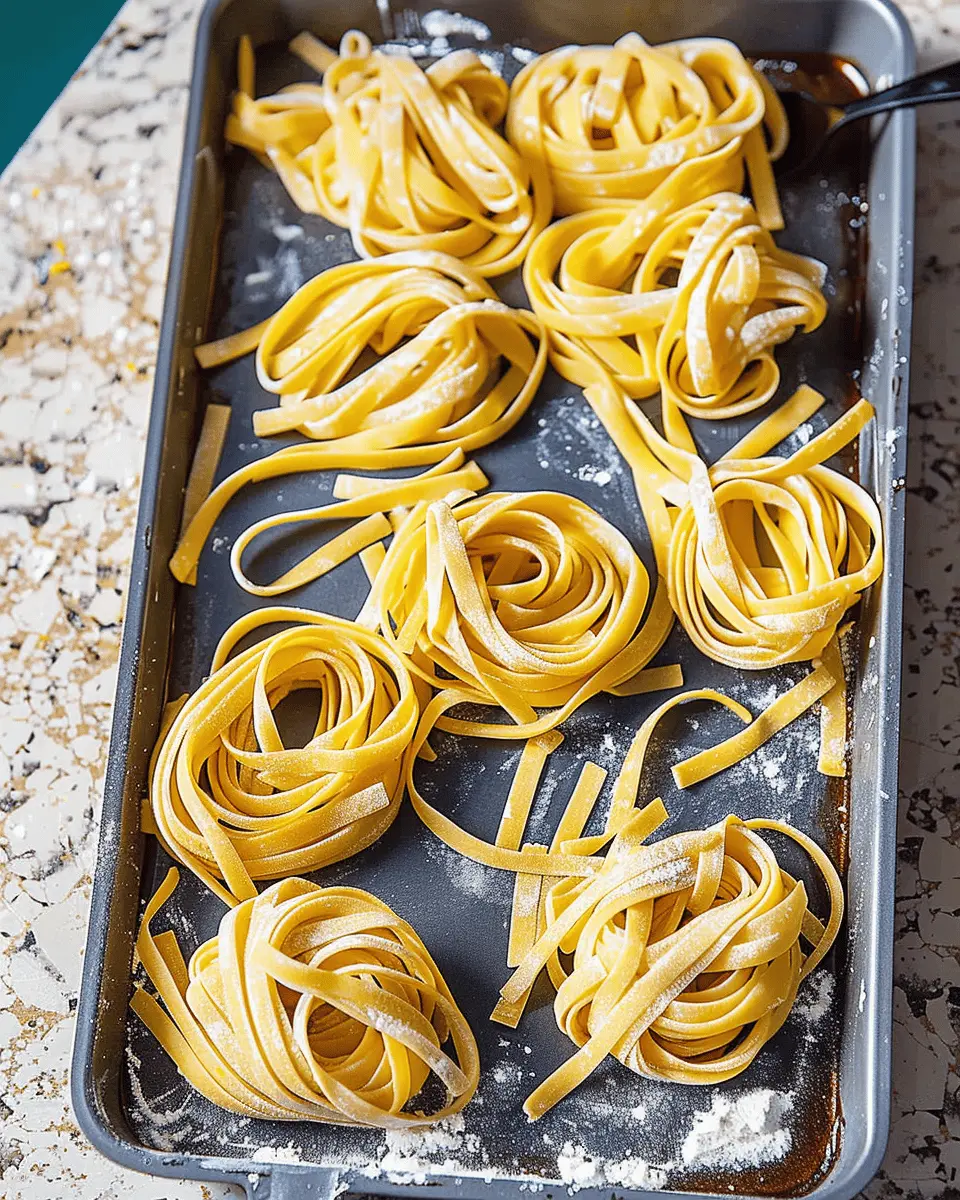
Delicious Variations of Homemade Pasta
Spinach Pasta for a Health Boost
If you’re looking to sneak some greens into your diet, spinach pasta is a fantastic choice! To create this vibrant variation, simply blend fresh spinach with your pasta dough ingredients. Not only does this add a beautiful hue to your dish, but it also amps up the nutritional value. Spinach is packed with vitamins A and C, iron, and fiber, making your homemade pasta not just delicious but also healthy. Just think about tossing your spinach pasta with a light garlic and olive oil dressing for a refreshing meal.
Pumpkin Ravioli for Fall Flavors
When autumn rolls around, there’s nothing like the rich, warm flavors of pumpkin ravioli. This seasonal delight is simple to make at home. Just mix pumpkin puree with ricotta cheese, sage, and a bit of nutmeg for a filling that embodies the essence of fall. The sweet, earthy flavors paired with a sage brown butter sauce create a comforting dish that’s perfect for cozy dinners. Plus, did you know that pumpkin is high in antioxidants and vitamins? (Check out more about the health benefits of pumpkin here.)
Whole Wheat Pasta for Nutritional Benefits
For those seeking more nutritional benefits, whole wheat pasta is an excellent alternative to traditional flour. It’s more filling, thanks to higher fiber content, which can help with digestion and keep you satisfied longer. To make whole wheat homemade pasta, simply substitute regular flour with whole wheat flour in your pasta recipe. This not only enriches the taste but also allows you to enjoy the nutty flavor profile that pairs well with robust sauces. Who wouldn’t prefer a wholesome bowl of pasta that’s also heart-healthy?
Explore these diverse versions of homemade pasta and find the one that speaks to your culinary soul!
Cooking Tips and Notes for Homemade Pasta
Common Mistakes to Avoid
When crafting homemade pasta, it’s easy to get tripped up on the details. Here are a few pitfalls to watch for:
- Too much flour: Over-flouring can lead to dry, tough pasta. Start with less and add gradually.
- Kneading mishaps: If you rush this step, your pasta may lack the elasticity needed for perfect texture. Take your time!
- Skipping resting time: Allow your dough to rest at least 30 minutes; this helps gluten relax, making it easier to roll out.
Ideal Pairings with Sauces
What’s pasta without a delicious sauce? Here are some excellent pairings to elevate your dish:
- Tomato-based sauces: Marinara or arrabbiata beautifully complement spaghetti.
- Creamy sauces: Alfredo or carbonara works wonders with fettuccine for a rich experience.
- Pesto: A fresh basil pesto is fantastic with delicate noodles like tagliatelle.
Storage Tips for Fresh Pasta
If you’re not using your fresh homemade pasta right away, here’s how to keep it:
- Refrigerate: Store in an airtight container for up to 2 days.
- Freeze: Lay flat on a baking sheet to freeze individually, then transfer to a zip-top bag for longer storage (up to 3 months).
By following these friendly and insightful tips, you’re well on your way to pasta perfection! For more in-depth techniques, check out resources like Serious Eats and Bon Appétit for expert advice. Happy cooking!
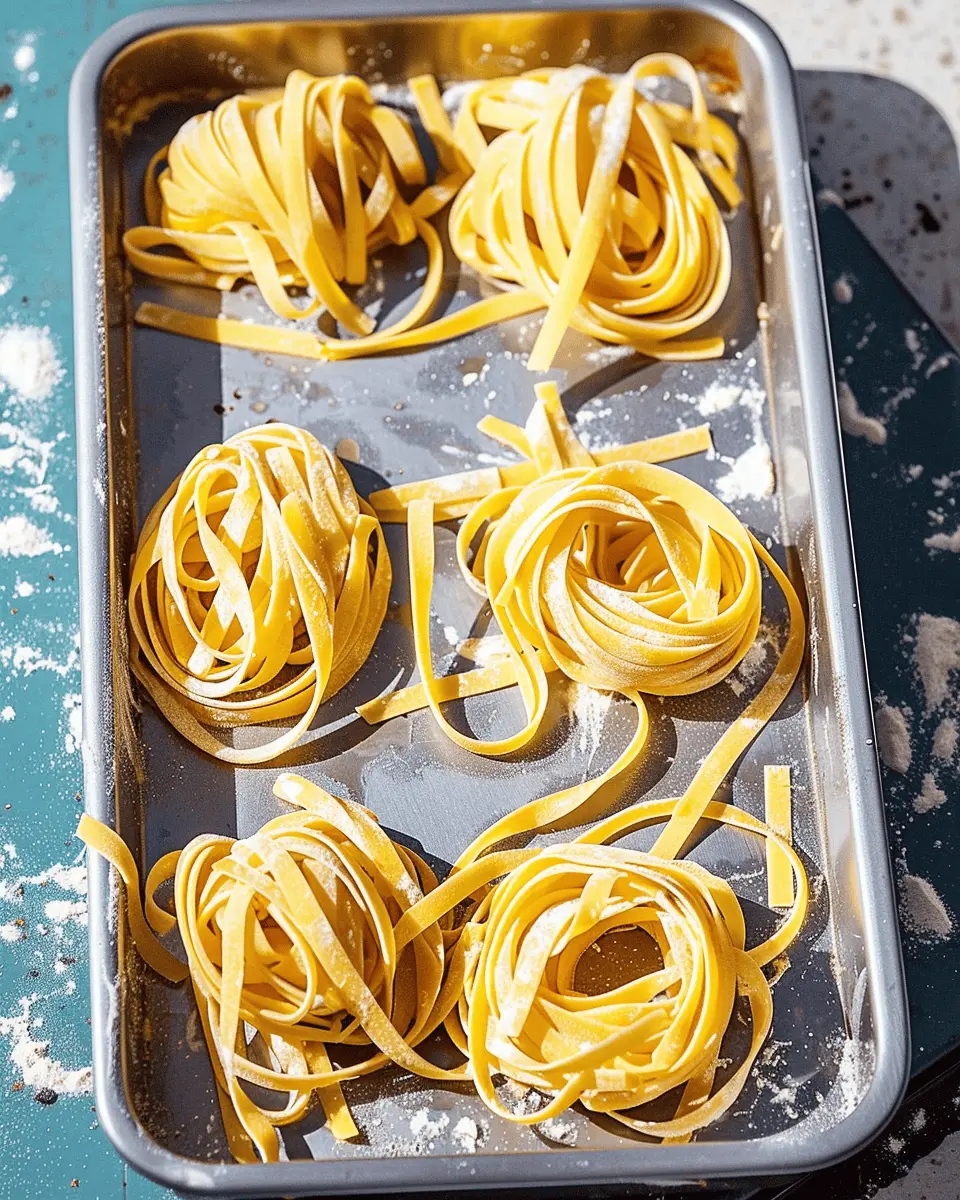
Serving Suggestions for Homemade Pasta
When you’ve put in the effort to create homemade pasta, it deserves a sauce that complements its fresh flavor and delicate texture. Here are three superb serving suggestions to elevate your pasta experience.
Classic Alfredo Sauce
There’s nothing quite like a creamy Alfredo sauce to coat your homemade pasta in luscious goodness. Simply combine butter, heavy cream, and freshly grated Parmesan cheese in a saucepan over medium heat, stirring until it’s smooth. Add seasoned salt and a pinch of nutmeg for that extra touch, and toss it all with your pasta. For an aromatic touch, consider a sprinkle of freshly cracked black pepper.
Fresh Tomato Basil Sauce
Nothing beats the simple elegance of a fresh tomato basil sauce. Sauté minced garlic in olive oil, then add diced tomatoes and let them simmer until they’re saucy. Stir in fresh basil leaves and a dash of balsamic vinegar for brightness. This light and zesty sauce allows your homemade pasta to shine.
Pesto for a Flavor Explosion
If you’re in the mood for something punchy, a vibrant pesto is the way to go. Blend fresh basil, garlic, pine nuts, Parmesan, and olive oil into a smooth paste. This sauce not only packs a flavor punch but also adds a beautiful green hue to your plate. Pair it with your homemade pasta for a truly culinary masterpiece.
For more ideas, check out sources like Bon Appétit and Serious Eats for variations and tips on enhancing your pasta dishes! Don’t be afraid to experiment and find the perfect pairing for your homemade pasta!
Time Breakdown for Homemade Pasta
Preparation Time
Making homemade pasta might sound daunting, but it only takes about 30 minutes to prepare the dough. You’ll be kneading and mixing ingredients like flour and eggs, which is a surprisingly satisfying process. Make sure to set aside some extra time if you want to experiment with flavors or shapes.
Cooking Time
Once your dough is ready, cooking it is a breeze! Fresh pasta typically cooks in just 2 to 4 minutes. That’s right—set a timer and get ready for some deliciousness in no time!
Total Time
In total, you can enjoy your homemade pasta from start to finish in about 40 to 50 minutes. Pretty impressive, right? This quick process makes it perfect for busy weeknights or impromptu dinner parties. If you want to delve deeper into pasta-making techniques or tips, check out this helpful guide from Serious Eats! And remember, practice makes perfect—so don’t rush; have fun with it!
Nutritional Facts for Homemade Pasta
When you’re whipping up a delightful batch of homemade pasta, it’s essential to understand its nutritional profile. This way, you can enjoy it guilt-free while appreciating its flavors and textures.
Calories
A typical serving of homemade pasta (about 1 cup) contains around 220 calories. Compared to commercial options, it’s often lighter and more wholesome, allowing you to indulge without going overboard.
Protein
Homemade pasta is a decent source of protein, offering approximately 8 grams per serving. This makes it a great choice for young professionals looking to fuel their busy days while keeping meals deliciously satisfying.
Carbohydrates
With around 43 grams of carbohydrates per serving, homemade pasta provides the energy needed to power through your tasks. Choosing whole grain flour can further enhance its health benefits, adding fiber and nutrients to your plate.
For more information on ingredient choices, check out Healthline’s guide on pasta nutrition or the USDA FoodData Central for details on specific ingredients! Your culinary journey towards better nutrition starts here.
FAQs about Homemade Pasta
Can I make pasta without eggs?
Absolutely! You can create delicious homemade pasta without eggs—perfect for vegans or those with egg allergies. The basic recipe involves just flour and water. A common ratio is about 2 cups of flour to ¾ cup of water. Knead the dough until it’s smooth, then roll and shape it as you like. For an extra touch of flavor, consider adding a pinch of salt or a splash of olive oil to the mix. Curious about different egg-free recipes? Check out this guide from Italian Food Forever for more ideas.
How do I store leftover pasta?
Storing leftover homemade pasta is quite simple. If you’ve already cooked it, place it in an airtight container and refrigerate it. It should be good for about 3-5 days. To reheat, just toss it in boiling water for a minute or sauté it with a splash of olive oil. If you have uncooked pasta, you can keep it in a cool area, away from sunlight, in a dry, sealed bag or container.
Can I freeze homemade pasta?
Yes, you can definitely freeze your homemade pasta! To do so, let the pasta dry for about 30 minutes, then spread it out in a single layer on a baking sheet and freeze it for about an hour. After that, transfer it to a freezer bag, squeezing out excess air. This method helps prevent the pasta from clumping together. Frozen, it can last for up to 3 months. Need more tips on freezing food? Check out this article from Food Network for additional guidance.
With these FAQs, you’re well on your way to mastering the art of homemade pasta!
Conclusion on Homemade Pasta
Embrace the Art of Homemade Pasta
In the world of culinary delights, there’s something profoundly satisfying about creating your own homemade pasta. It invites creativity and allows you to explore flavors and textures that store-bought alternatives simply can’t match. Plus, making pasta from scratch can even elevate your hosting game at dinner parties!
So why not take a stride into this delightful kitchen adventure? You don’t need to be a seasoned chef—just a dash of enthusiasm and a sprinkle of patience will do. If you’re itching for more tips, check out resources from Serious Eats and Bon Appétit for further inspiration.
Next time you crave some comforting pasta, remember: the best plate of spaghetti starts with your own hands! Happy cooking!
PrintHomemade Pasta: Indulgent Recipes for Heartfelt Meals
Discover the art of making homemade pasta with these indulgent recipes that are perfect for heartfelt meals.
- Prep Time: 15 minutes
- Cook Time: 3 minutes
- Total Time: 48 minutes
- Yield: 4 servings 1x
- Category: Pasta
- Method: Boiling
- Cuisine: Italian
- Diet: Vegetarian
Ingredients
- 2 cups all-purpose flour
- 3 large eggs
- 1/2 teaspoon salt
- 1 tablespoon olive oil
Instructions
- Make a mound with the flour on a clean surface and create a well in the center.
- Crack the eggs into the well and add salt and olive oil.
- Gradually mix the flour with the eggs using a fork.
- Knead the dough for about 10 minutes until smooth.
- Cover the dough and let it rest for 30 minutes.
- Roll out the dough into thin sheets and cut it into desired shapes.
- Cook the pasta in boiling salted water for 2-4 minutes depending on thickness.
Notes
- Use a pasta machine for even thinner sheets.
- Experiment with different types of flour for unique flavors.
Nutrition
- Serving Size: 1 cup
- Calories: 250
- Sugar: 0
- Sodium: 200 mg
- Fat: 8 g
- Saturated Fat: 1 g
- Unsaturated Fat: 6 g
- Trans Fat: 0 g
- Carbohydrates: 40 g
- Fiber: 2 g
- Protein: 10 g
- Cholesterol: 100 mg
Keywords: Homemade Pasta, Pasta Recipes, Fresh Pasta

